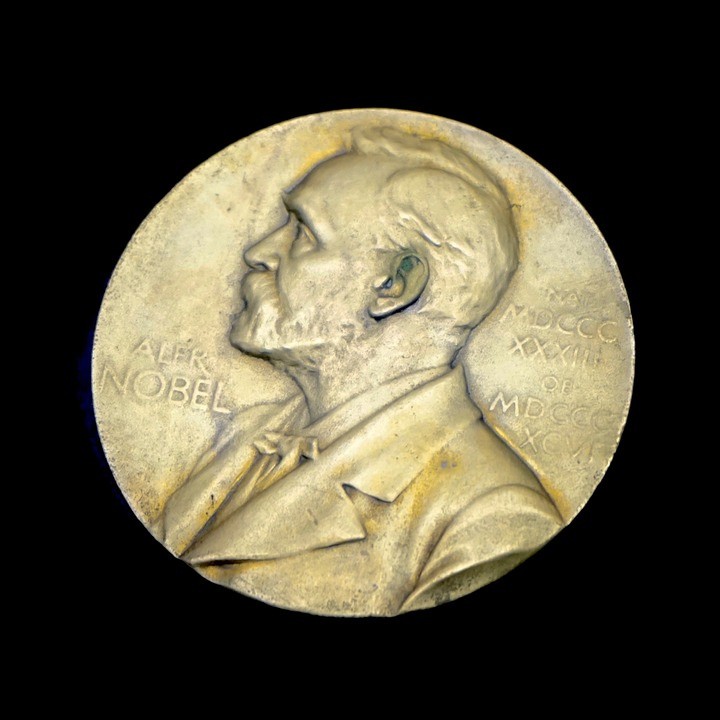
If you've ever had an asthma attack or severe shortness of breath, then you're probably already aware of hypoxia.
Hypoxia is a condition in which the tissues don't receive adequate amounts of oxygen for proper functions. While the large-scale effects of hypoxia on parts of the body have been extensively studied by medical researchers, what exactly goes on at the cellular level at different oxygen levels has been largely unknown until recent years.
Enter our trio of laureates, who jointly shared this year's Nobel Prize in Physiology or Medicine:
- William G. Kaelin, Jr., from the Dana-Farber Cancer Institute/Harvard Medical School
- Sir Peter J. Ratcliffe from the University of Oxford/Francis Crick Institute
- Gregg L. Semenza, from the John Hopkins University School of Medicine.
Their respective research has laid the groundwork from which many of our latest advances in the field of physiology can be attributed to.
In recent years, it was common knowledge in the medical field that the body produces a hormone called erythropoietin (EPO) in the kidney as a response to the lack of oxygen in hypoxia.
Gregg Semenza was studying how EPO generation was connected to specific DNA segments while Sir Peter Ratcliffe was researching into how oxygen regulates EPO generation. Both scientists were able to find that these physiological responses were found in all tissues, instead of just kidney cells as originally thought.
Semenza then looked further into this phenomenon and found a complex called hypoxia-induced factor (HIF) that binds to DNA, depending on oxygen levels.
At the same time, William Kaelin was researching about von Hippel–Lindau's disease (VHL disease) and how it dramatically increased the risk of cancer in patients that inherited it. Interestingly, he found that cancer cells without VHL genes expressed several hypoxia-regulated genes instead, linking HIF to VHL.
Further research between all three scientists found that at certain oxygen conditions, HIF can go undergo two possible pathways. At low oxygen levels/hypoxia, HIF binds to DNA in the nucleus, leading to EPO generation. At high oxygen levels, VHL helps degrade HIF, leading to significantly lower EPO generation.
Altogether, their research was able to explain the oxygen-sensing capability of cells and how they can adapt to these changes. What makes their work remarkable is that, with a deeper understanding of how the body responds to abnormal oxygen levels, this mechanism can then be manipulated for therapeutic applications.
For instance, influencing this mechanism can help stimulate the growth of more blood vessels to counteract the effects of insufficient circulation. On the other hand, this can also be controlled to block the formation of blood vessels that support tumor and cancer growth. With a possible pathway to promote the formation of hormones that can help reverse anemia, the work of Kaelin, Ratcliffe, and Semenza has opened up a whole new world of possibilities with their contributions to the field of medicine.
The three scientists also previously shared the 2016 Albert Lasker Basic Medical Research Award for their work in this field of study.










